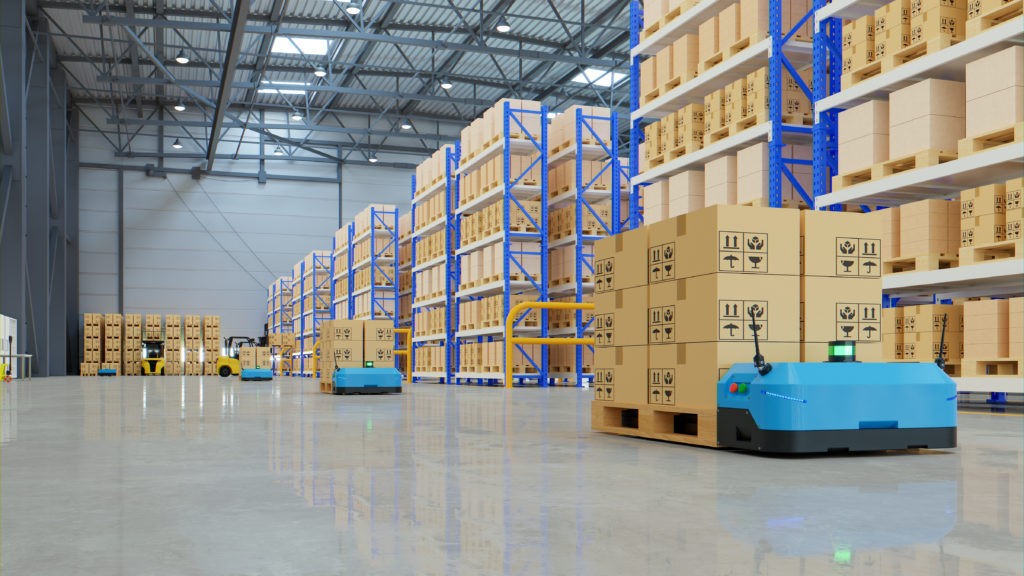Inside a Distribution Center: An Digital Tour
In today's fast-paced world of e-commerce, the demand for efficient delivery solutions has never more pressing. A fulfillment center holds a key role in this landscape, serving as the backbone for numerous businesses that aim to provide seamless service to their clients. But what exactly is a fulfillment center? Basically, it is a warehouse designed to store products and enable the fulfillment process needed to get those items into the hands of buyers.
At a fulfillment center, the magic of logistics happens. When an order is placed online, it is the fulfillment center that springs into action to pick, bundle, and ship the items. This system allows companies to concentrate on their core business areas while leaving the complexities of stock control and shipping to the experts. As we take a virtual tour inside a fulfillment center, we will delve into the intricate processes and technologies that make it possible for online shoppers to receive their purchases swiftly and reliably.
Summary of Fulfillment Centers
A fulfillment center is a specialized warehouse that plays a key role in the logistics of online retail. It serves as the hub where merchandise are held, gathered, packed, and sent to consumers. The main goal is to optimize the process of order fulfillment to meet consumer expectations for fast delivery and service quality. With the surge of e-commerce, fulfillment centers have become vital in ensuring that businesses can maintain stock and manage customer orders efficiently.
Inside a fulfillment center, operations are thoroughly organized. Products are collected from manufacturers or vendors, arranged according to their classes, and kept on shelves that are optimized for efficient access. When an order is placed, staff or automated systems find the items, pack them well, and set up them for shipping. This procedure significantly cuts down the time it takes to deliver goods to customers compared to conventional retail methods, making it an attractive option for online sellers.
Moreover, fulfillment centers often use modern technology to enhance efficiency. This includes stock control systems, barcode tracking, and automated packing machines, all crafted to limit human error and accelerate the order processing workflow. As e-commerce continues to grow, the role of fulfillment centers in the distribution network cannot be emphasized. They provide the support necessary for businesses to prosper in a intensely competitive market.
Key Operations and Processes
At the heart of a fulfillment center are several key operations that ensure effective processing and delivery of orders. The process typically commences with receiving inventory from multiple suppliers. Once fulfilment centre arrive, they are verified for quality and accuracy before being stored in designated areas. This structure is crucial as it allows for quick access during the picking and packing stages.
After inventory is stored, the next crucial operation is order processing. When a customer makes an order, the fulfillment center utilizes sophisticated software systems to quickly determine which items need to be gathered. Employees or robotic systems then collect these products from their storage locations. This picking process is designed to lessen time and error, ensuring that the correct items are selected for each order.
The final stage in the fulfillment process is packing and shipping. Once the items are picked, they are brought to a packing station where they are carefully packaged to prevent harm during transit. Labels are generated, and tracking information is provided to keep customers informed. After packing, orders are shipped using multiple carriers, ensuring timely delivery to customers’ doorsteps. Each of these operations plays a crucial role in the overall functionality of a fulfillment center.
Technology in Fulfillment Centers

The integration of technology in fulfillment hubs has transformed the supply chain industry. Automation and robotics are now commonplace, helping to streamline multiple tasks from inventory control to order picking. Embracing these tech innovations allows for more efficient operations, enabling hubs to handle high quantities of orders with efficiency and accuracy. With the capability to manage live data, these systems help optimize storage options and minimize mistakes made by workers.
In addition of automated solutions, advanced software solutions play a critical role in fulfillment centers. WMS facilitate the seamless tracking of inventory, making sure that products are in the correct location at the right time. Moreover, integration with e-commerce platforms allows for improved order fulfillment and customer communication, guaranteeing that customers receive prompt information on their shipments. This analytics-driven method not only improves operational efficiency but also improves the overall customer experience.
As tech continues to advance, fulfillment centers are likely to adopt even more innovative solutions such as artificial intelligence and ML. These advancements have the capacity to further enhance order forecasting, optimize supply chain management, and improve decision-making processes. The future of fulfillment centers looks bright, with tech at the center of creating more adaptable and efficient systems that can meet the needs of a growing online shopping environment.